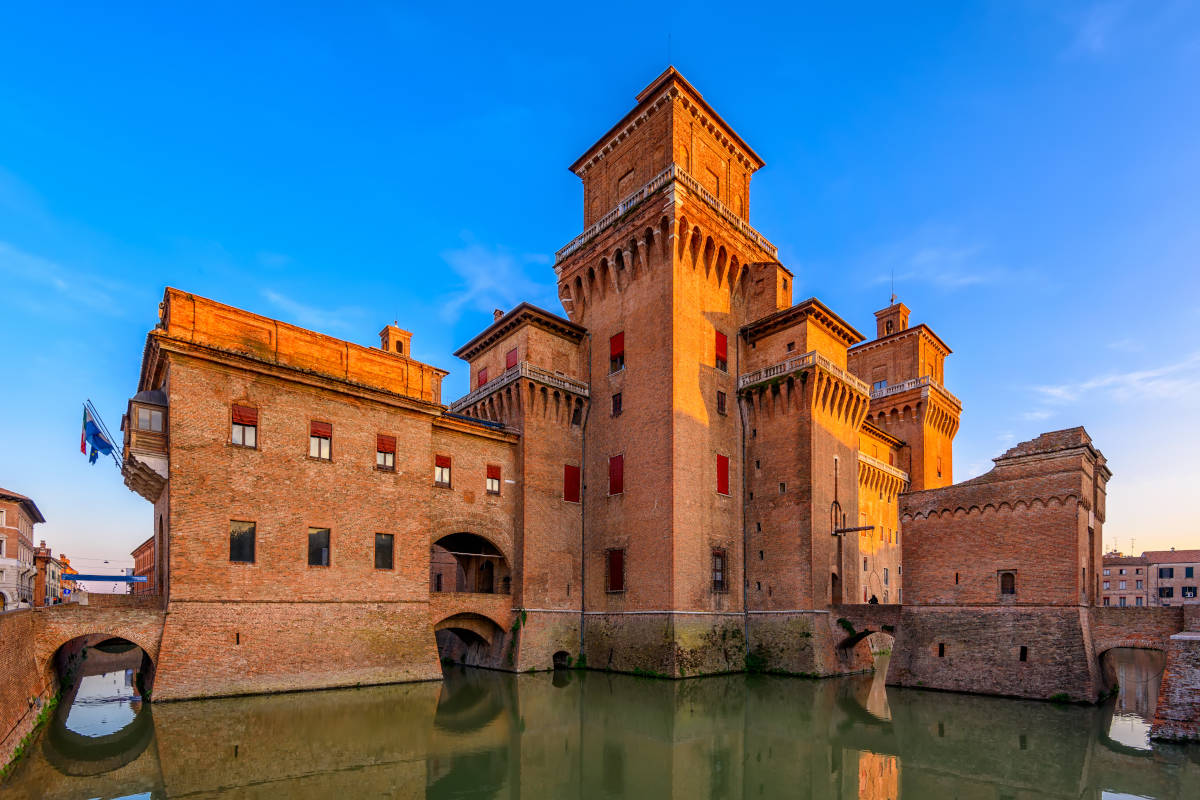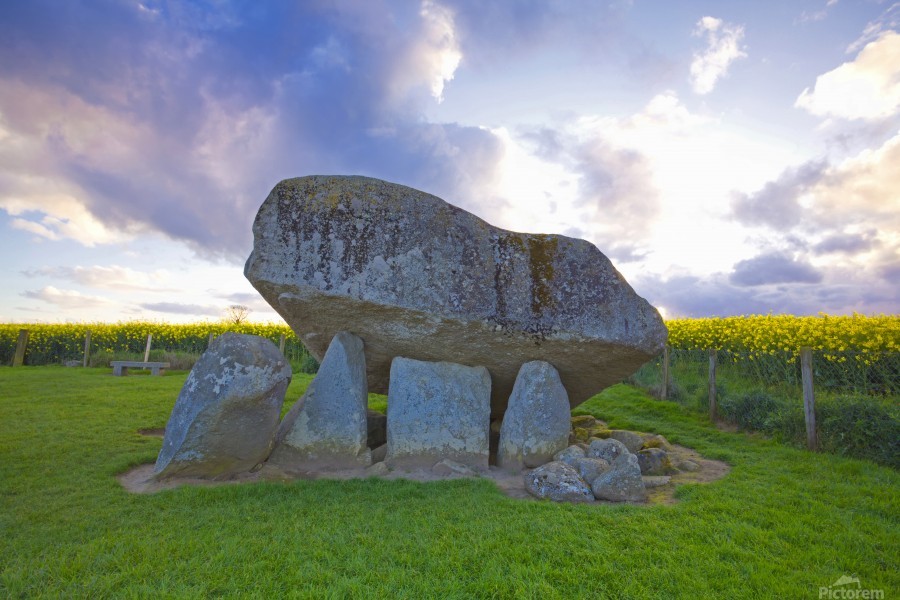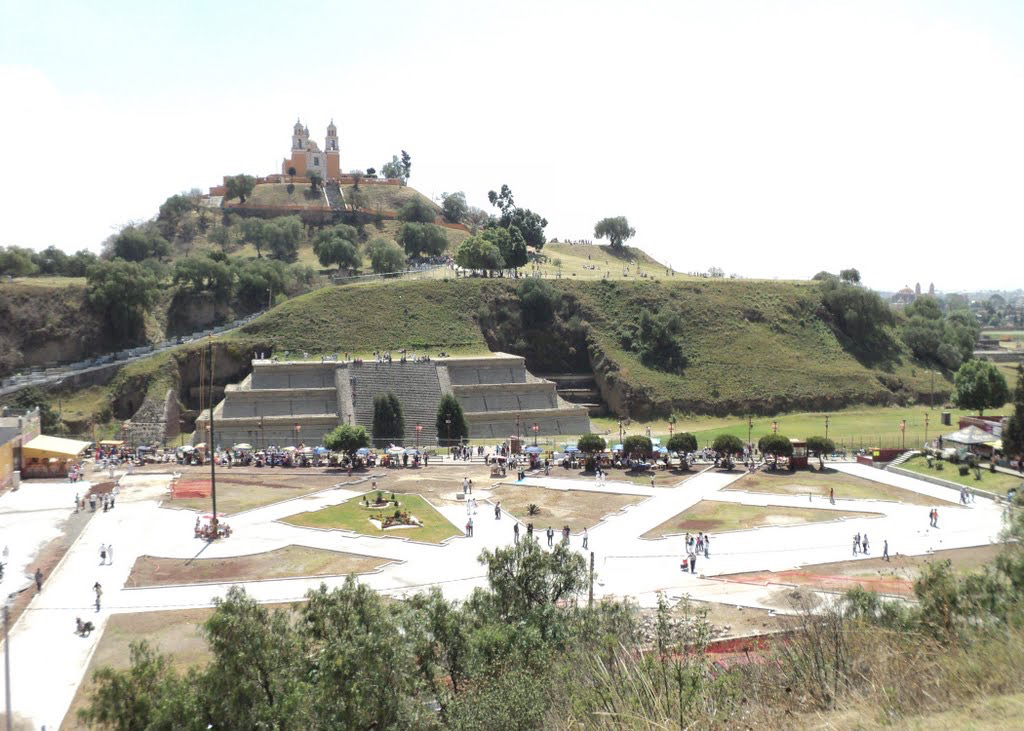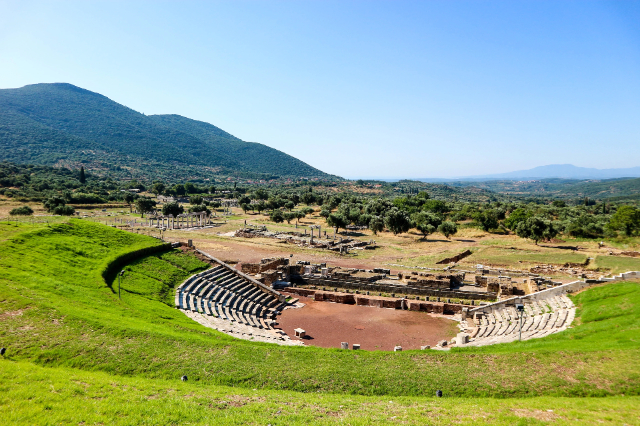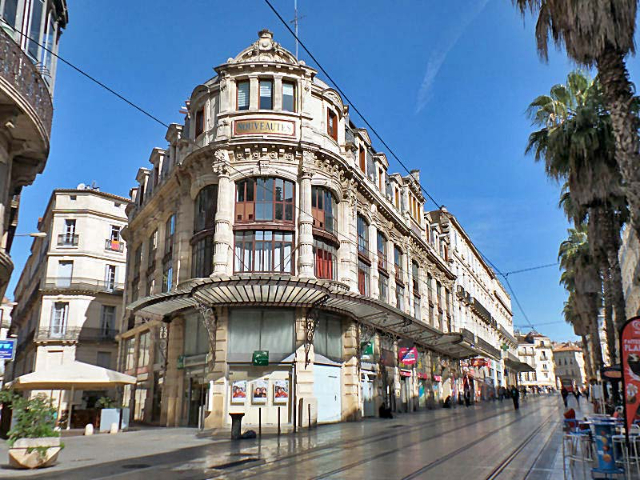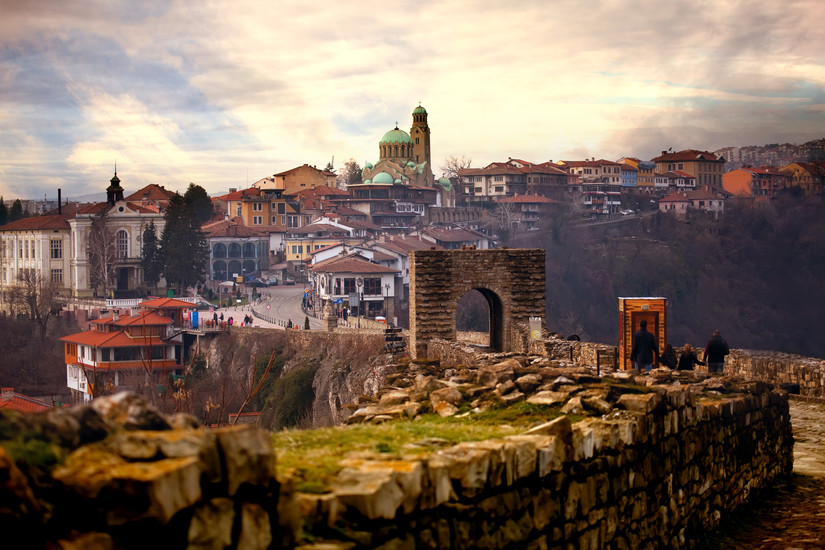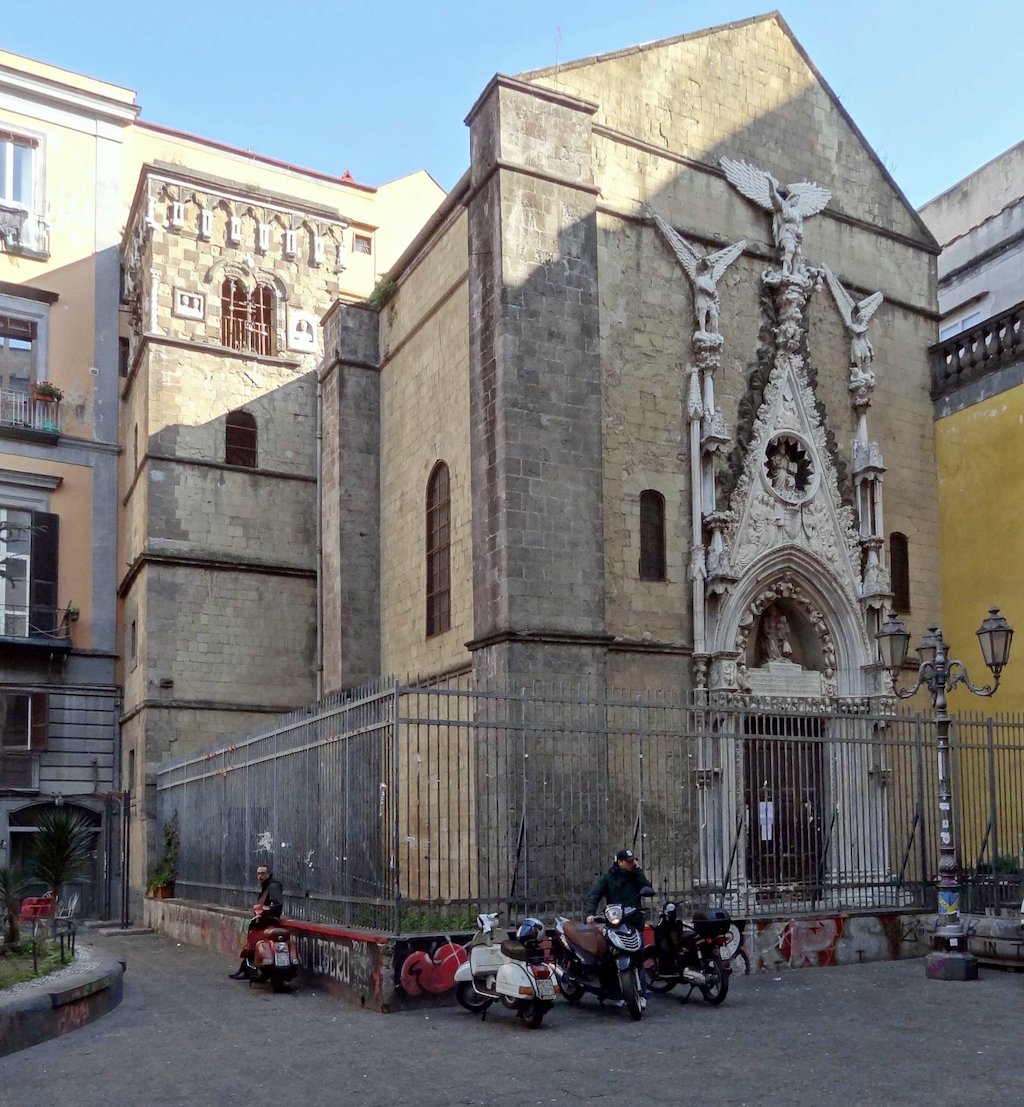The historical centre of Ferrara in Emilia-Romagna, included by UNESCO in the World Heritage List in 1995, represents the concrete realization of the humanistic concept of "ideal city", thanks to the ambitious project entrusted by Duke Ercole I d’Este to the court architect Biagio Rossetti between the end of the 15th and the beginning of the 16th century. The work, called Addizione Erculea, marked the birth of modern town planning, influencing its subsequent developments. Ferrara is one of the few large Italian cities that was not originally planned on a Roman plan. Rather than starting from a centre, the city develops on a linear axis along the banks of the Po, with longitudinal roads and crossroads.
Among the valuable architecture, the Cathedral of San Giorgio, which dates back to the 12th century, is undoubtedly the most important testimony of the Medieval period. Its unusual facade, which was begun in Romanesque style in the lower part and was later completed in Gothic style in the upper part, is in the central nucleus of Piazza della Repubblica, where we find the majestic Castello Estense, a monument that exemplifies the magnificence of the court of the Este family. Built in 1385, the Castle dominates the urban panorama with its towers, crenellated walls and deep moat. Visiting the interiors, such as the ducal apartments, the kitchens and the prisons, means taking a real leap back in time to the Middle Ages and the Renaissance. Joined to the Estense Castle by an internal covered walkway, the Palazzo Municipale dates back to around 1200 and was the ducal residence of the Estensi until the 16th century. Today the seat of the Town Hall, the Palace overlooks the Cathedral square with its characteristic Horse Face, surmounted by the statues of Nicolò III and Borso d’Este. Not far away is Palazzo Schifanoia (currently closed for restoration), commissioned by Alberto V d’Este in 1385 and subsequently enlarged. Today the seat of the Museum of Ancient Art, the Palace houses collections of various kinds, from the 14th century wing to the ‘Salone dei Mesi’ which contains one of the most important fresco cycles of the 15th century. Also worth a visit is Palazzo Costabili, which legend has it is attributed to Ludovico il Moro, now home to the National Archaeological Museum and Palazzo dei Diamanti, built by Sigismondo d’Este, with its rusticated façade in white and pink marble and the National Picture Gallery inside.
